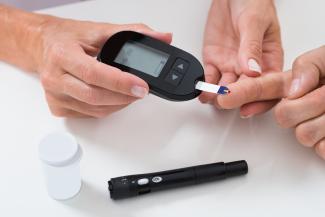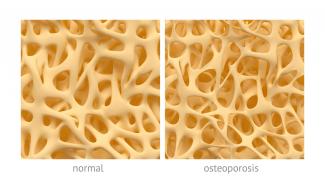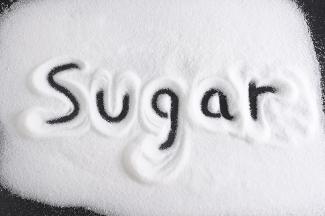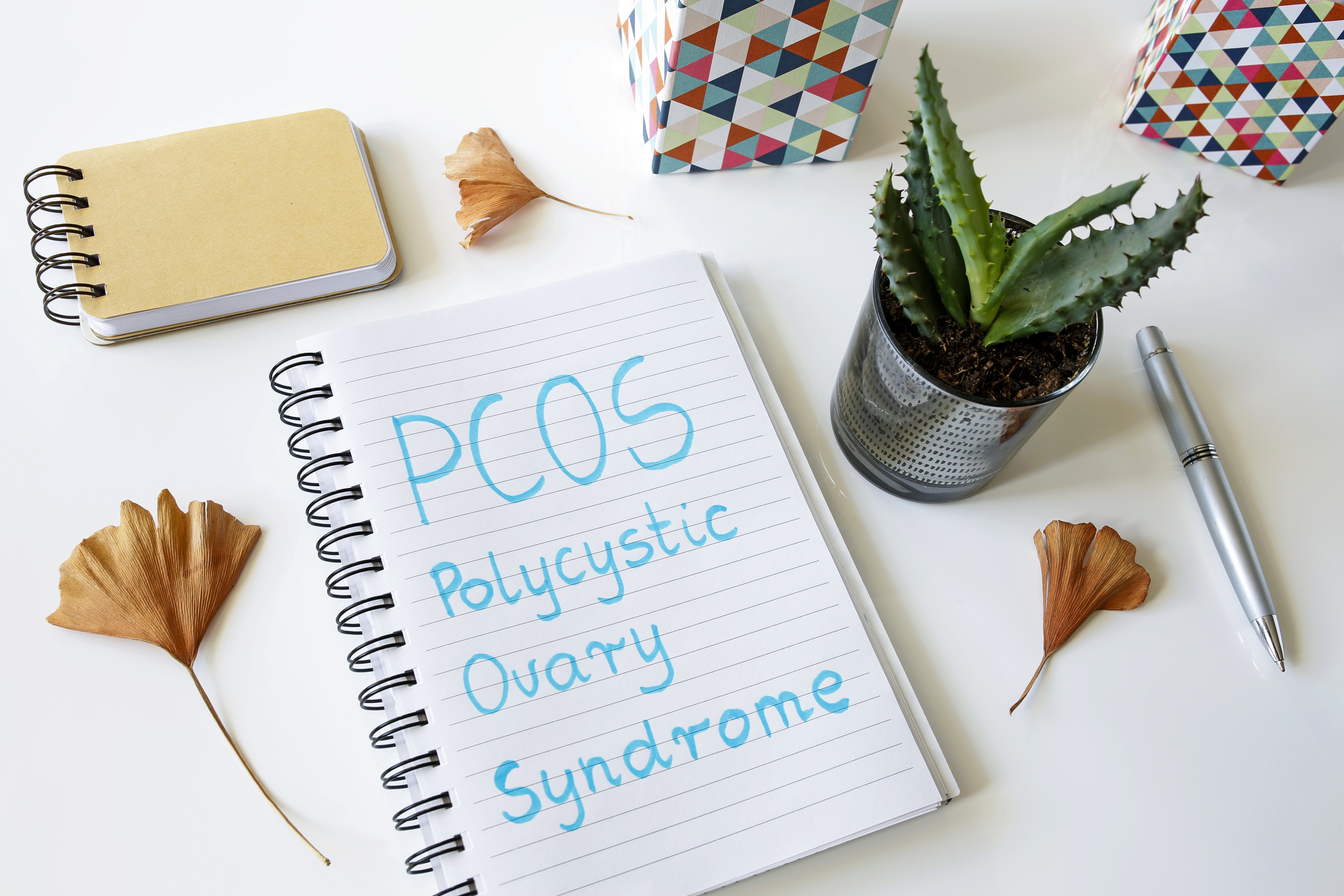Related Articles
- 31 May 19
Acne vulgaris is one of the most common, chronic skin conditions. Up to 80–90% of the population will experience some degree of acne.[1]
- 31 May 19
Let’s start with the usual clinical definition: Depression is persistent feelings of sadness, hopelessness, and loss of interest in activities.
- 18 Mar 19
Hormonal imbalance is a common problem many women face. Women are now, more than ever before, taking on more and more responsibilities—they’re caregivers, nurturers, and employed in the workforce to make ends meet.
- 19 Jun 19
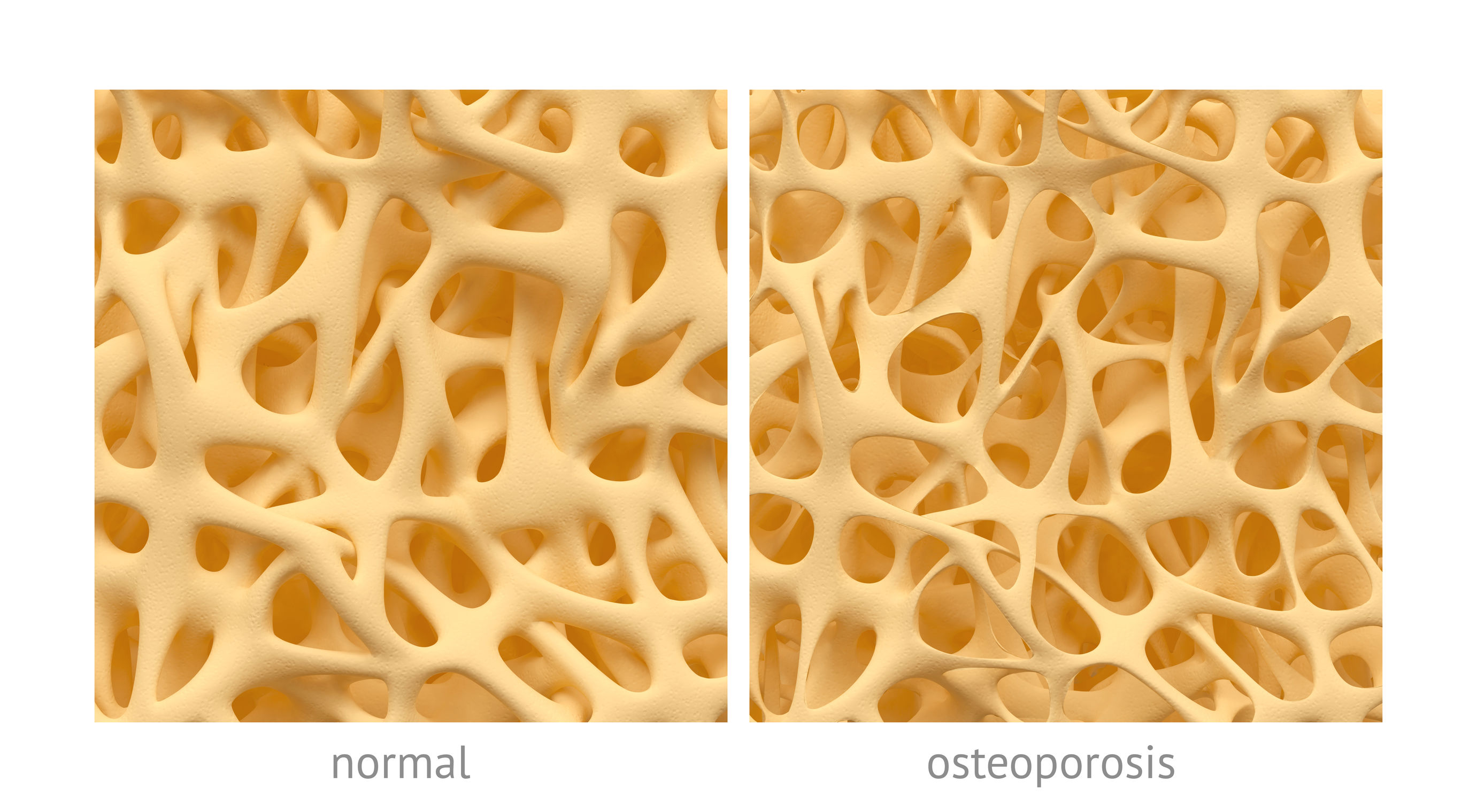 The most common condition of the bones, by far, is osteoporosis. As you likely know, osteoporosis is characterized by a decreased bone mass and deterioration of the bone tissues. You can think of your bones like a bridge over a body of water: They are both supported by a fine crosshatched matrix that keeps them strong. If there is any compromise to this structure of the bridge, it is likely to break due to stress. And thus, osteoporosis or loss of bone density is a problem because it can lead to an increased risk of fracture. The most common areas of fracture are the spine, the wrist, and—most dangerously—the hip.
The most common condition of the bones, by far, is osteoporosis. As you likely know, osteoporosis is characterized by a decreased bone mass and deterioration of the bone tissues. You can think of your bones like a bridge over a body of water: They are both supported by a fine crosshatched matrix that keeps them strong. If there is any compromise to this structure of the bridge, it is likely to break due to stress. And thus, osteoporosis or loss of bone density is a problem because it can lead to an increased risk of fracture. The most common areas of fracture are the spine, the wrist, and—most dangerously—the hip. - 14 Mar 18
Hypothyroidism is a term used to describe an underactive thyroid gland. Hypothyroidism is further classified according to “type”: subclinical, primary, or secondary hypothyroidism. The main function of the thyroid gland is to regulate the metabolic processes essential for normal growth, development, and tissue differentiation.
- 14 Mar 18
If you or a loved one has suffered with a mental illness, you know it’s a whole-body illness. Not only does mood drop, but also, basic daily activities like sleep and regular meals become an obstacle. Weight fluctuates, interests fall off, and relationships take a hit. People with mental health concerns suffer in many ways for an often unnecessarily long time.
- 28 Feb 18
Do you find yourself tired in the early evening? This is certainly not uncommon if you have just had an intense workout, eaten a large meal or had an exceptionally exhausting day. However, if you find that you are very tired at an unusually early hour, around 6pm or 7pm, you may be suffering from a sleep disorder known as Advanced Sleep Phase Syndrome (ASPS). ASPS is one of a group of sleep disorders
- 22 Mar 18
Historically, human beings had access to fructose in the form of fruits, honey, and certain vegetables, and the consumption of these high sugar foods increased the chances for survival during periods of food scarcity, due to the ample calories sugar provides.
- 14 Jun 18
If most people were asked the question: “What causes diabetes?” the vast majority of people will simply say: “Sugar,” and if questioned further, likely the individual will have the impression that “sugar” also means “carbs.” The practical implication of this way of thinking is a growing number of people are under the impression that all carbohydrates are “bad.”
- 19 Dec 22
Seasonal affective disorder (SAD), also referred to as seasonal depression, is a mood disorder recognized by the Diagnostic and Statistical Manual of Mental Disorders (DMV).
- 01 Dec 22
The ability to both focus for long periods of time and perform cognitive and memory-related tasks is important in everyday life and for many careers. Due to our busy lifestyles and high work demands, aspects like the standard North American diet, stress, physical inactivity, and endocrine imbalances can lower mental performance and cognition.
- 14 Nov 19
Polycystic ovary syndrome (PCOS) is a misleading term, since it doesn’t always involve cysts in your ovaries. You might now be wondering why the heck PCOS is called that, then, and what it is anyway.
- 22 Jan 18
They make us feel happy, they help us to sleep, they swing our moods in every direction, and they keep our metabolism revving. They have the potential to wreak havoc in our lives, but we just can’t live without them. No, this article isn’t about your spouse — it’s all about hormones!
- 14 Nov 19
A miscarriage is defined as a pregnancy loss occurring during the first 20 weeks of pregnancy. An early pregnancy loss is defined as a pregnancy loss that occurs during gestational weeks 0–12 (the first trimester). About 15–20% of pregnancies end in pregnancy loss, with the majority—approximately 80%—occurring in the first trimester. Early pregnancy loss is most commonly caused by fetal chromosomal abnormalities.[1]
- 01 Oct 13
$path = isset($_GET['q']) ? $_GET['q'] : '
';
$link = url($path, array('absolute' => TRUE));$nid = arg(1);
if ($nid == 201310){
?>download pdf
}
?>
The evolution of what is considered to be a “heart healthy diet” has undergone a long process of development. For instance, we have the low fat diet, the glycemic index diet, the Mediterranean diet, and the low carbohydrate diet. Each seems to have its own strengths, but this makes following an over-arching “heart health diet” confusing.17 Jun 13
Polycystic ovary syndrome (PCOS) is a common women’s health concern, affecting between 5-20% of women of reproductive age. Polycystic ovary syndrome is so named as a reflection of the multiple cysts that form in the ovaries of these women, and which are visible on ultrasound. Although PCOS primarily affects ovarian function, it is important to note that it is a diffuse syndrome affecting many aspects of a woman’s physical function, including skin, hair, cardiovascular health, and risk of diabetes.01 Jul 13$path = isset($_GET['q']) ? $_GET['q'] : '
';
$link = url($path, array('absolute' => TRUE));$nid = arg(1);
if ($nid == 201307){
?>download pdf
}
?>
Insomnia is the inability to fall or stay sleep; it is not only physically and emotionally stressful, but has also been proven to lead to increased risk of heart attack, stroke, diabetes, and depression. Insomnia is a complex problem, and may be influenced by stress hormones as well as imbalances in neurotransmitters such as excess epinephrine or deficient serotonin and melatonin.04 Jul 13$path = isset($_GET['q']) ? $_GET['q'] : '
';
$link = url($path, array('absolute' => TRUE));$nid = arg(1);
if ($nid == 201307){
?>download pdf
}
?>
Gout is a severely painful inflammatory joint condition that most commonly affects the large toe, and (more rarely) the knee. Up to 4% of western populations are affected, making this the most common inflammatory arthritis. Gout attacks are acutely painful, and although they resolve rapidly on treatment with anti-inflammatory drugs, they may recur frequently; up to 60% of patients with gout will have recurrent attacks within one year or suffer from chronic gout.26 Aug 13$path = isset($_GET['q']) ? $_GET['q'] : '
';
$link = url($path, array('absolute' => TRUE));$nid = arg(1);
if ($nid == 201308){
?>download pdf
}
?>
Menstrual concerns are common problem in women’s health, encompassing a wide range of concerns including premenstrual syndrome (PMS), painful menstruation (dysmenorrhea), and irregular or absent periods (amenorrhea). These symptoms can be a part of several medical conditions including polycystic ovary syndrome (PCOS), endometriosis, and uterine fibroids. Although not life-threatening, these health issues negatively impact the quality of a woman’s life and signal unresolved underlying problems.26 Sep 13$path = isset($_GET['q']) ? $_GET['q'] : '
';
$link = url($path, array('absolute' => TRUE));$nid = arg(1);
if ($nid == 201309){
?>download pdf
}
?>
From weight loss to memory to cholesterol regulation to everyday skincare, coconut oil has created quite the buzz in recent years about its effectiveness to address many common concerns. This may be surprising to some as Coconut oil was historically labelled as unhealthy, saturated oil, especially with respect to ischemic heart disease. While coconut oil is saturated, it is actually a very versatile, plant-based, health-promoting oil.
Newsletter
Most Popular
- 08 Jan 15
- 07 May 15
- 08 Jan 15
- 17 Jun 13
- 17 Jun 13
- 17 Jun 13
- 01 Jul 13
- 17 Jun 13
- 17 Jun 13
- 17 Jun 13
- 01 Jul 13
- 17 Jun 13
- 17 Jun 13
- 17 Jun 13
- 01 Jul 13


